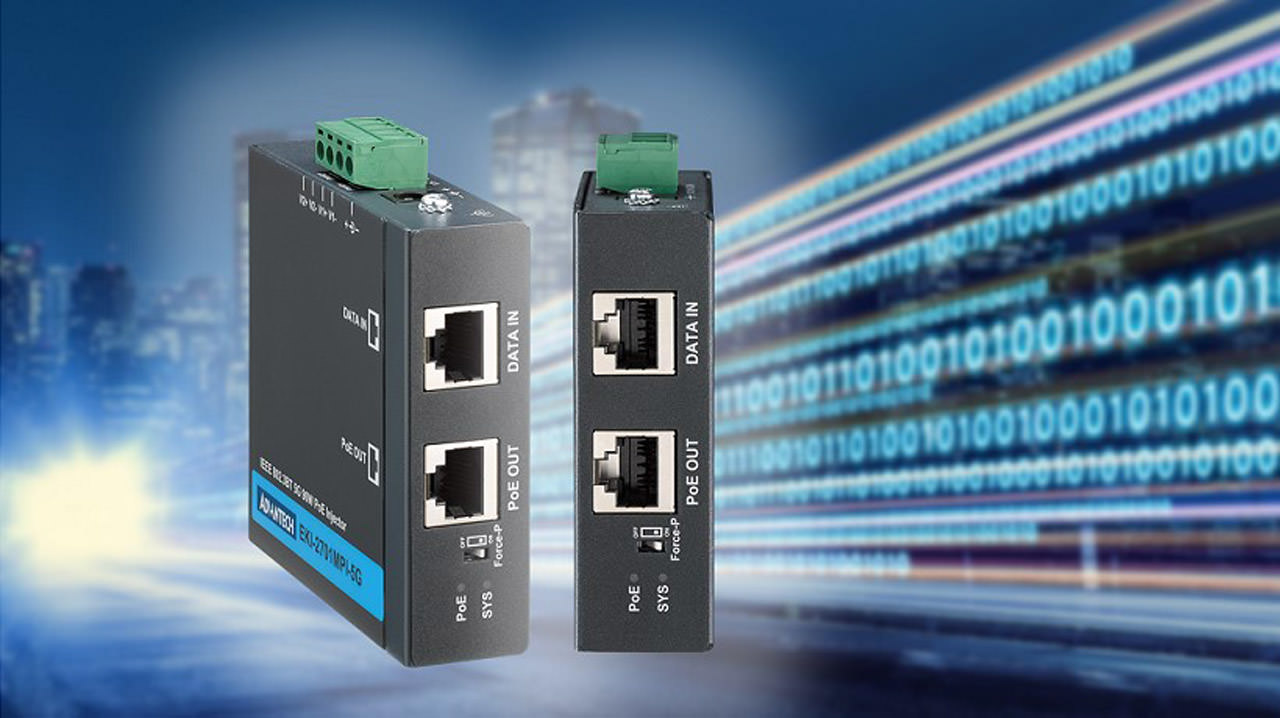The increasing preference for industrial Ethernet among users plays a decisive role. Within these components, the “industrial Ethernet switch” has also become significant. The emergence of various applications in production and process industries directly affects the criteria for selecting these switches. The features of newly manufactured industrial Ethernet switches vary, leading to certain limitations in specific operating environments.
Environmental Conditions for Selecting Industrial Switches
When selecting industrial Ethernet switches, environmental conditions are crucial. Temperature is a primary factor, and humidity must also be maintained at a certain level. Vibration and shock must be adequately addressed. Additionally, electromagnetic compatibility and noise immunity are necessary conditions for the environment.
Industrial Ethernet Switch Choosing an industrial Ethernet switch with the appropriate factory data and environmental conditions will significantly reduce the error rate in the selection process. It also highlights the importance of considering the operational period required for the network and infrastructure to function effectively. Various types of switches provide different levels of management.
Unmanaged Ethernet switches allow you to expand your network without requiring complex network configurations or specialized network knowledge. Some unmanaged switches increase the density at the connection points, allowing you to add more ports to your network. Managed Ethernet switches, on the other hand, enable remote management of your network.
Since it allows for network modifications, it directly eliminates the need to reconfigure the network later. Such network switches are ideal for managing complex networks and require network engineers to manage port security, access control lists, and bandwidth monitoring. Other switches are equipped with APIs for Infrastructure as Code (IaC).
Selecting an Ethernet Switch Based on Use
The arbitrary increase of Ethernet switches impacts the location of use and the expected performance. Problems inevitably arise in infrastructures created without a pre-established plan. Arbitrary conditions lead to additional workload for fault detection and resolution and restrict your time.
There is a need to expand the infrastructure over time. A plan should be made, considering that complex systems can further complicate the process. The requirement for industrial Ethernet switches to be installed and informative indicates that it is managed.
The presence of this option, if managed, suggests a higher unit cost for Ethernet switches. The cost and purpose of use in a re-planned network infrastructure will lead to comparisons.
Industrial Switch Connection Speed
The number of devices connected to the industrial switch and the speed of the connected devices are criteria to consider when making a selection. An infrastructure that can respond immediately even in the most adverse conditions must be created. An extra connection point for future expansion should be included in the design.
Considerations should include not only the need for expansion and high-speed operation but also lower connection speeds and traffic conditions. The drawbacks of extended improvement or correction processes in large-scale network infrastructure can lead to production disruptions.
Industrial Switch Cabling and Connectors
In selecting an industrial Ethernet switch, meeting the expected connection speed is not enough. The quality of the cable between the industrial switch and the connected device is also important. Technical specifications must be assessed. Longer cable lengths do not positively impact performance; as length increases, speed and transmission quality decrease.
Using cables without considering proper technical data may result in suboptimal performance from the selected switch. When cabling an industrial switch, connectors are utilized. Properly selected connectors prevent faults and improve connection quality. Connectors are located at both ends of the cables and must be suitable for both the cable and the switch; otherwise, the desired performance may not be achieved.

